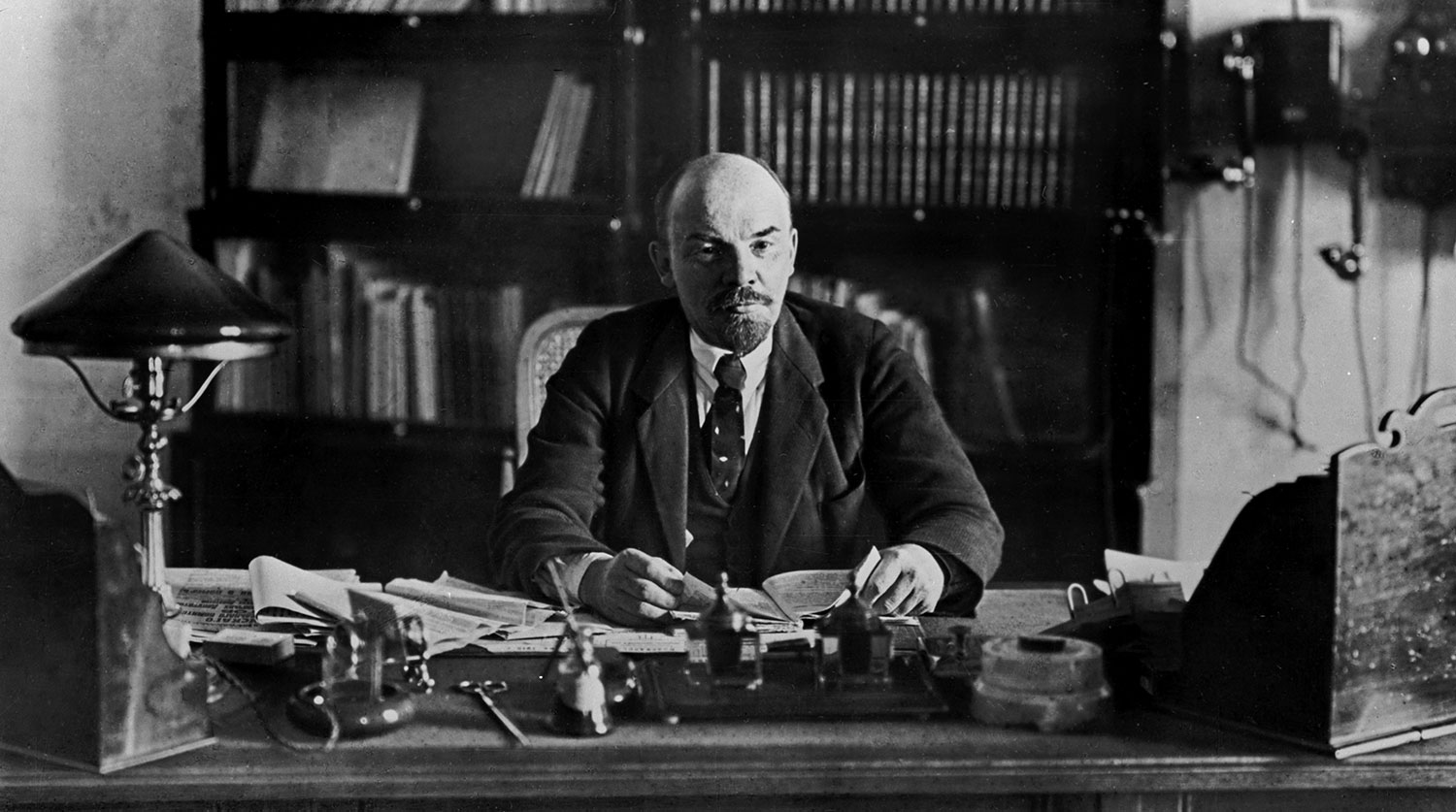News
To a brighter future by the road of corpses: what the Soviet leader Lenin was really like
People who lived in the USSR when they were children clearly remember how the image of its founder , Vladimir Lenin, was shaped in the state. The youngest were convinced that he was a kindly grandfather, and those who were older were inspired to have an unshakable faith in his justice and wisdom.
However, the real Lenin was not like that at all. Belarusian blogger and researcher of Soviet life Maksim Mirovich insists on this. He collected the most bloodthirsty quotes from the leader of the world revolution and evidence of his crimes.
What was the cult of Lenin in the USSR like?
No matter who was at the helm of the Land of the Soviets, a cult of personality was built for that person. And it began with Lenin. And, unlike the formidable Stalin, propaganda created a more positive and humane image of him.
It began to be imposed on children as early as preschool reading books such as Zvezdochka or Companion to the Alphabet book. From them, they learned "the three most precious words - mother, Motherland, and Lenin." Those who were already good readers were given a full-fledged collection of myths about Lenin by Bonch-Bruevich. He collected the stories in a format that resembled church hagiographies.
Every Soviet city and village had a monument to the leader of the world proletariat. Every institution had a bust of him and posters with quotes. For example, the famous "Study, study and study." Interestingly, this quote used to be attributed to Stalin. Anything relatively significant was named after Lenin - from the country's main youth organization, the Komsomol, to the Chernobyl nuclear power plant, from the largest state award to the second largest Russian city.
What Lenin was really like
A more realistic picture of the Soviet leader can be obtained from the memoirs of his contemporaries. Soviet politician Georgi Solomon described Lenin as a poor speaker, a demagogue, a narcissistic and self-satisfied personality. According to Solomon, he despised his interlocutors and opponents and hated all dissidents.
This is how his close friend, the philosopher Nikolai Valentinov, described Lenin: "His eyes were dark, small, very ugly. The face was very mobile, often changing expressions: alert attentiveness, reflection, mockery, prickly contempt, impenetrable cold, deepest anger. In this case, Lenin's eyes became like the eyes of an angry boar, to use a crude comparison."
Lenin's own quotes also show that he was a man far from the idea of kindness. Mirovich cites several:
"Penza Gubispolkom. To carry out merciless mass terror against kulaks, priests, and White Guards; to lock up those in doubt in a concentration camp outside the city.
And here's another quote about concentration camps, from November 19, 1919:
"All foreign subjects living in the territory of the RSFSR from the ranks of the bourgeoisie of those states that are engaged in hostile and military actions against us, aged 17 to 55, are to be placed in concentration camps."
Another quote, this time from August 22, 1918. In fact, the foundations of the Red Terror were being laid then:
"Saratov, to the People's Commissar of People's Commissars Paikes. I advise you to appoint your superiors and shoot conspirators and those who hesitate, without asking anyone and without allowing idiotic red tape."
Or even this statement:
"The court should not eliminate terror. To promise this would be self-deception or deception, but to substantiate and legitimize it in principle, clearly, without falsehood or embellishment."
And here is a quote by Lenin from his work "How to Organize a Competition?":
"An excellent plan! Finish it with Dzerzhinsky. Under the guise of the "green" (we'll blame them later), we'll go 10-20 miles and hang the kulaks, priests, and landlords. The reward: 100,000 rubles for the hanged man."
Or here, another very famous quote from the "Chief". Here, he instructs the local communists to carry out a "plan for hangings" and also gives instructions about hostages:
"To comrades Kuraev, Bosch, Minkin and other Penza communists. Comrades! The uprising of the five kulacha volosts must lead to ruthless suppression. This is in the interest of the entire revolution, for now the "last decisive battle" with the kulak has been fought. A sample should be given (for the people to see) at least 100 known kulaks, rich people, and their names should be published. Take away all their bread. strangle the bloodsucking kulaks. Telegraph receipt and execution."
But "good grandfather Lenin" orders troops to cross the border of Latvia and Estonia and hang from 100 to 1000 "officials and the rich" there. We find it in documents dated May 17, 1922:
"To take military measures, i.e. to try to punish Latvia and Estonia militarily (for example, to cross the border by 1 mile on Balakhovich's shoulders and hang 100-1000 of their officials and rich people there")
So, as we can see, Soviet propaganda tried very hard to create a positive image of Lenin under which the USSR could be united. But the historical truth is very difficult to hide from meticulous researchers.
Subscribe to OBOZ.UA channels on Telegram and Viber to keep up with the latest events.




























